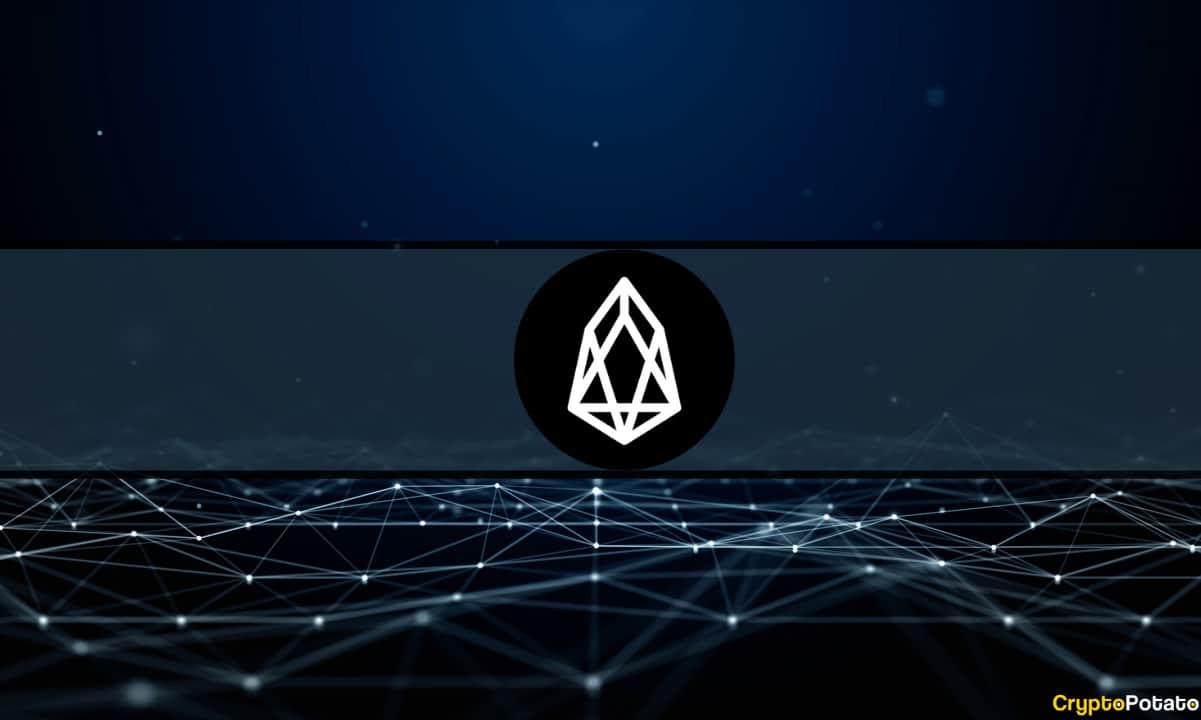

EOS managed to raise $4.2 billion in its year-long ICO back in 2018. Despite a very hyped start, the project had a rather bumpy ride. After edging close to dissolution, EOS has finally declared “independence.”
According to the press release shared with CryptoPotato, EOS block producers have executed a coordinated hard fork to Leap 3.1. EOS is finally migrating to the newly forged Antelope Framework.
This essentially means that an individual running a node will have upgraded them to continue syncing with the network. This is EOS’ second hard fork and seeks to activate new features that are not backward compatible with previous code versions.
Liberating EOSIO Codebase
Leap 3.1 is the C++ implementation of the new Antelope protocol, which comes with several new features such as transaction lifecycle improvements, upgraded crypto primitives that power EVM-related cryptography functions, and block and SHiP pruning.
For the uninitiated, Antelope is a community-run blockchain protocol supported by members of the EOS Network Foundation (ENF), which include EOS, Telos, Wax, and UX Network. The hard fork of the code of the EOSIO blockchain signals the official switch over to Antelope.
ADVERTISEMENT
It uses an evolved version of the Proof-of-Stake (PoS) consensus mechanism called – Delegated Proof-of-stake (DPoS), wherein network users vote and elect delegates (referred to as block producers) to validate the next block. The devs use this protocol for various apps, including DeFi, NFT, games, supply chain, etc.
The announcement also revealed the “liberation” of EOS code with a community takeover to facilitate an “open future built on open-source foundations.”
Following the development, Yves La Rose, CEO, EOS Network Foundation, commented,
“Today is the hard-won culmination of our efforts to secure independence for the EOS blockchain. Thanks to the EOS Block Producers—through their trust, support, and their technical prowess, the ENF has been able to proceed unhindered in our mission to deliver value to the EOS Network.”
Centralization Concerns
EOS, the native crypto token, was once among the top 10 assets by market cap. However, the lack of EOSIO development over the years put the blockchain ecosystem in jeopardy. The initial creators of EOS, including Block.one, as well as the ICO backers, were blamed for most of the issues.
The EOS Network Foundation (ENF) was soon formed to get rid of Block.one and revive EOS. As part of its roadmap, the ENF disclosed plans earlier to onboard new talents and build new projects for the EOS ecosystem. The organization was formed by the community and is community-owned.
Binance Free $100 (Exclusive): Use this link to register and receive $100 free and 10% off fees on Binance Futures first month (terms).
PrimeXBT Special Offer: Use this link to register & enter POTATO50 code to receive up to $7,000 on your deposits.
The post appeared first on CryptoPotato






